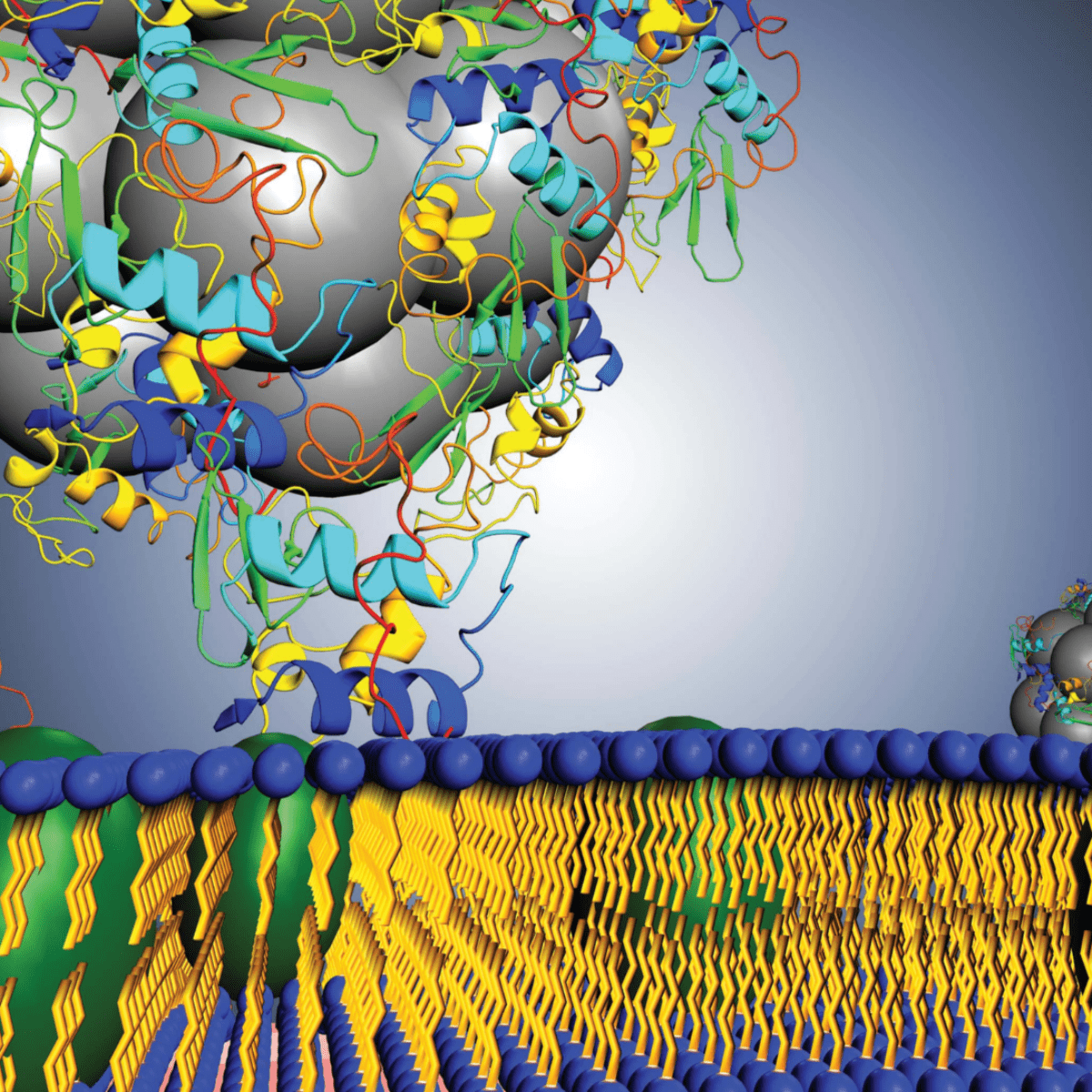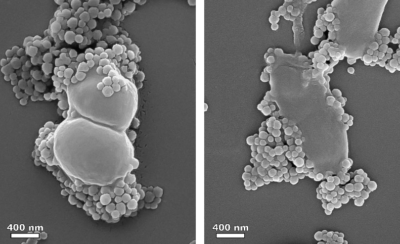
Research investigates the use of nanoparticles to accurately deliver drugs to pathogens
Antibiotic resistant bacteria are one of the most alarming public health problems, causing approximately 700,000 fatalities each year. The emergence of new resistant bacteria and the lack of effective drugs are some of the challenges in this complex medical landscape. If nothing is done, this number is estimated to rise to around 10 million deaths by 2050. The administration of multiple cycles of antibiotics stimulates the emergence of resistant bacteria, and multidrug-resistant pathogens force patients into prolonged hospital stays, also increasing the costs associated with treatment.
Currently, the development of new drugs is often hampered by the high toxicity of the new compounds and the high cost of production. In addition, the long approval period for medical treatments makes it easy for bacterial resistance to evolve before new drugs hit the market.
Therefore, the development of new strategies to minimize antibiotic resistance, is urgent. One of these new strategies is to adapt the pharmacokinetics of established drugs, that is, the pathway taken by the drug and its metabolism through the body. In this strategy, the use of nanoparticles as drug carriers can increase the drug half-life after administration – which decreases the doses required for treatment – and accurately deliver the active product to the site of the infection.

Nanoparticles in contact with bacteria S. aureus (left) and E. coli (right)
Thus, Larissa B. Capeletti et al. [1] reported the development of carbohydrate-coated silica nanoparticles that have demonstrated greater binding capacity to the bacterial membrane, allowing controlled delivery of drugs to the pathogen. This new system specifically targets bacterial cells called Gram-negative, which have higher pathogenicity. Additionally, the nanoparticles have high stability in biological, low cytotoxicity and negligible non-specific adhesion to other targets due to the gluconamide coating.
Among their analyses, the researchers used the Infrared Nanospectroscopy (IR1) beamline from the Brazilian Synchrotron Light Laboratory (LNLS) to chemically and spatially track individual nanoparticles on the surface of bacteria.
Fonte: [1] Capeletti, L. B., de Oliveira, J. F. A., Loiola, L. M. D., Galdino, F. E., S. Santos, D. E., Soares, T. A., O. Freitas, R., Cardoso, M. B., Gram‐Negative Bacteria Targeting Mediated by Carbohydrate–Carbohydrate Interactions Induced by Surface‐Modified Nanoparticles. Adv. Funct. Mater. 2019, 1904216. DOI: 10.1002/adfm.201904216
Research presents nanoscale chemical composition mapping of materials for solar energy production
Research investigates the fragmentation of complex molecules around active galaxy nuclei